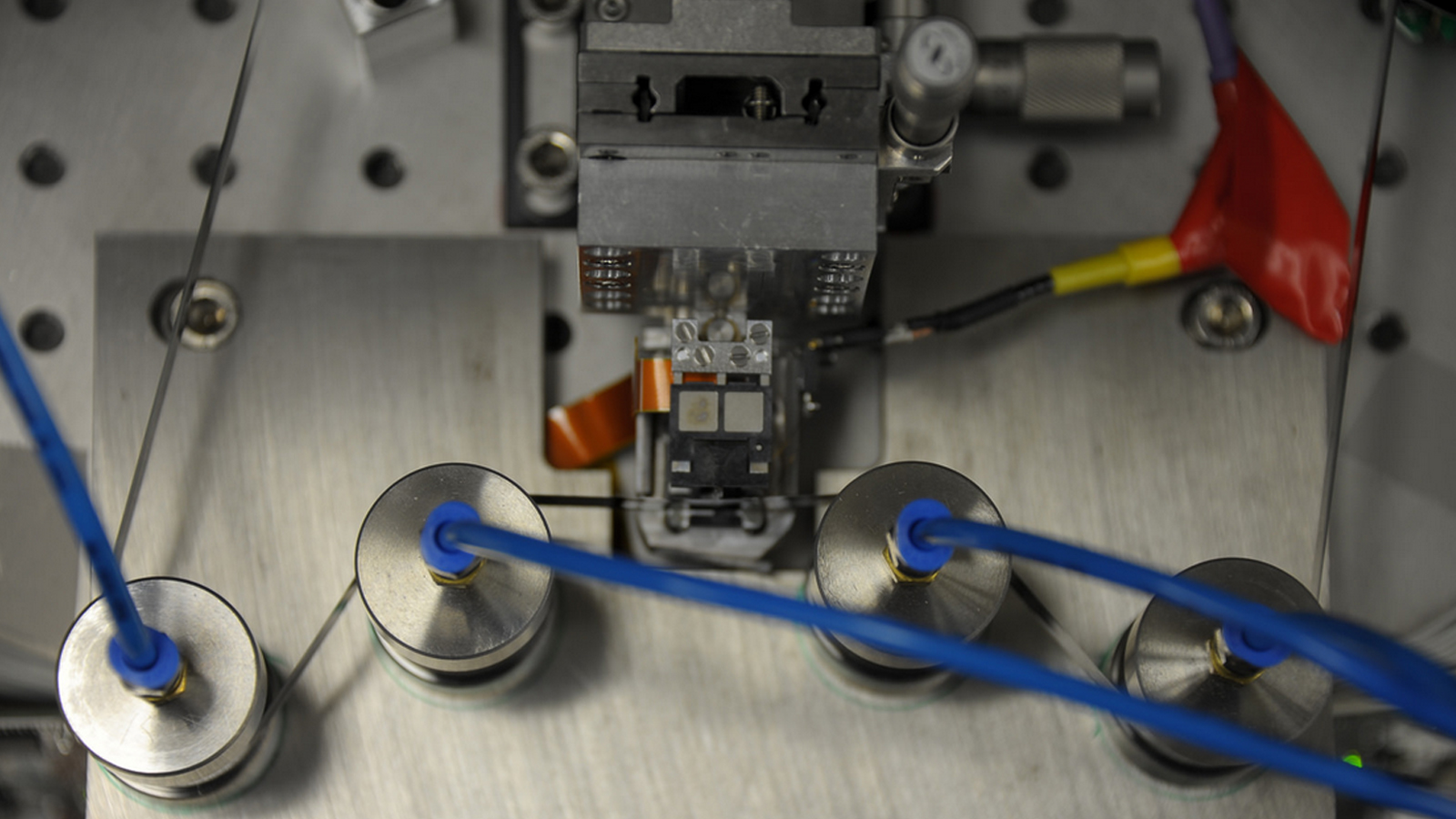IBM and Fujifilm produce 'low-cost' tape capable of storing 154 terabytes
A first for inexpensive tape storage.

IBM researchers and Fujifilm have created an advanced prototype tape that can hold 85.9 billion bits per square inch, the company said in a statement. This advancement will enable a standard LTO size cartridge to store up to 154 terabytes of uncompressed data.
Today's industry standard magnetic tape product, the LT06, holds 62 times less data than IBM's latest prototype, the company claims. IBM said it leveraged a new enhanced write field head technology that enables the use of much finer barium ferrite (BaFe) particles. The company also said it developed advanced servo control technologies to achieve head positioning with nano-scale fidelity that enables a 27 fold increase in track density compared to the LTO6 format.
IBM has been working with Fujifilm since 2002. The two companies have studied the optimization of dual-coat magnetic tape based on BaFe particles, among other research. IBM says it envisions scaling magnetic tape to even higher areal densities in the future.
A record for tape
This month, IBM teamed up with Sony to launch storage tape that can hold up to 185 terabytes of data per cartridge. The two companies said they were able to accomplish the feat by developing a technique called "sputter deposition" that prevents magnetic particles used to store data from growing beyond a certain size.
The IBM and Sony release is a more expensive version than the "low cost" particulate media tape that was announced by IBM and Fujifilm, said Christopher Sciacca, Manager of Communications at IBM Research.
"Another difference is that [the IBM and Sony release] was conducted in a very controlled lab environment with special equipment, which operates at speeds that are much, much slower than the speed of tape drives, making it very difficult to determine what kind of performance to expect in an actual tape drive," he added.
Sciacca said it was too early to determine what the IBM and Fujifilm prototype would cost, but he said "tape is only viable if we can keep the costs low."
Sign up to the TechRadar Pro newsletter to get all the top news, opinion, features and guidance your business needs to succeed!